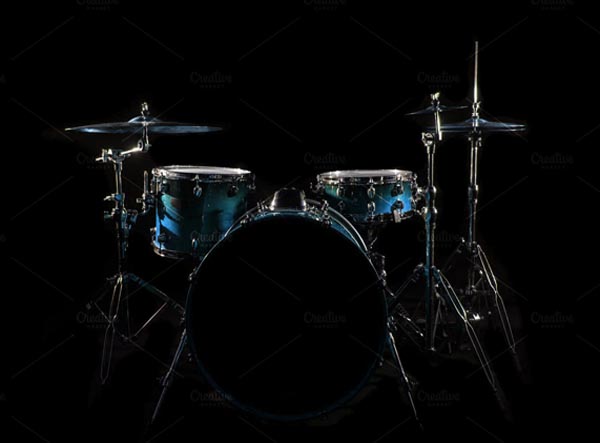How do you record drums? What’s the best way to record drums? How do you get a good drum sound? Well, now that we’re all asking these questions, we need answers. So let’s dive in and learn how! First, we’ll explore what gear is necessary for recording drums, as well as some tips on mic placement. Finally, there will be a list of guidelines for getting the most out of your drum recordings. This post is an ultimate guide to recording drums – let do this together!
After the drums have been set up, it’s time to hit the record. But how do you go about getting a great drum sound? There are many different ways to get the best possible recording of your kit, and this article will guide you through all of them! It starts by deciding whether or not you want each drum miked separately or as one large group. You can also add more microphones if they aren’t already there to capture every nuance of the drums. Finally, to make sure that everything is recorded correctly and that no mistakes happen on playback, make sure to use headphones while recording so that you can hear what’s going on better. If you’re interested in recording drums, or if you want to know more about the process of how this is done, then read on! This article will cover everything from choosing a location for your drum kit and mic placement to editing and mastering. Before you even set up your drum kit, you need to make sure that you have a great sounding room. The room will influence the overall sound of the final “product”.





